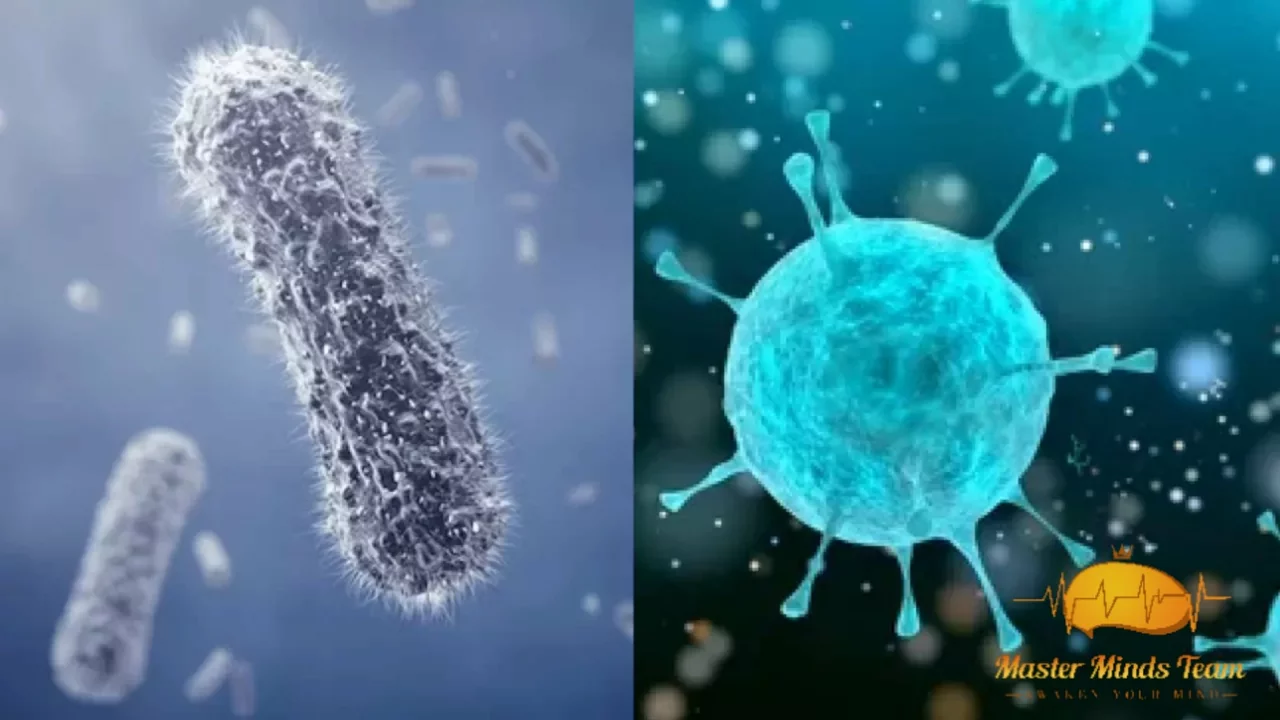Eye infections are common
and usually treatable, but they can be scary. Knowing what causes them, how to ease symptoms at home, and when to see a doctor helps you act fast and avoid complications. This guide covers clear, practical steps you can use right away.
Most eye infections fall into a few groups. Bacterial conjunctivitis causes thick yellow or green discharge and can need antibiotic drops. Viral conjunctivitis often comes with watery eyes, sore throat, or cold symptoms and usually improves on its own. Allergic conjunctivitis gives itchy, red eyes and responds to antihistamine drops. Less common causes include fungal infections, contact lens-related infections, and inflammation inside the eye such as uveitis, which needs prompt medical care.
Spotting the right signs speeds treatment. Watch for sudden vision changes, intense eye pain, light sensitivity, heavy discharge, or a foreign-body feeling that won’t go away. Mild redness with a bit of watering and no pain is often minor. Severe pain, blurred vision, a dark spot in your vision, or a history of eye trauma require emergency care.
Simple home care can help for mild cases. Wash your hands before touching your eyes and avoid rubbing. Remove contacts until the eye is clear and the doctor says it’s safe to wear them again. Use a clean, warm compress for comfort: soak a cloth in warm water, wring it out, and place it over the closed eye for five to ten minutes several times daily. Over-the-counter artificial tears can ease irritation. Don’t share towels, pillowcases, or eye cosmetics while you have symptoms.
When to see a doctor? If symptoms worsen after 24 to 48 hours, vision is affected, pain is severe, or symptoms follow an injury or chemical exposure, visit urgent care or an eye specialist. Infants with eye discharge need prompt evaluation. Your clinician may examine your eye with a slit lamp, take a swab for culture if needed, or check for deeper inflammation or corneal ulcers.
Treatment depends on the cause. Bacterial infections usually get antibiotic eye drops or ointment for several days. Viral infections rarely need antibiotics; cold compresses, hygiene, and time are the main treatments, though antiviral drugs may be prescribed for herpes-related eye infections. Allergic cases respond to antihistamine or mast cell stabilizer drops, and sometimes short courses of prescribed steroid drops for severe inflammation. Contact-lens-related infections can be serious and often require stronger prescription treatments.
Preventing eye infections is easy. Practice good hand and contact lens hygiene, replace eye makeup regularly, avoid sharing personal items, and wear protective eyewear for risky activities. If you’re unsure what you’re dealing with, call a healthcare provider early. Quick action often avoids bigger problems and keeps your eyes healthy.
If your doctor prescribes drops, finish the full course even if symptoms improve. Ask about side effects, interactions with other meds, and when you can safely return to contacts. For recurring infections, your doctor may test for underlying issues or prescribe a maintenance plan. Don't ignore warning signs — get checked promptly today.

Besifloxacin: An Environmentally Friendly Antibiotic Choice for Eye Infections
As a copywriter, I've come across a fantastic environmentally friendly antibiotic called Besifloxacin. It's specifically designed to treat eye infections, making it a great choice for those in need of a green alternative. I was impressed to learn that it's not only effective but also has minimal impact on our environment. In my opinion, it's essential that we consider the ecological consequences of the medications we use, and Besifloxacin is an excellent example of this. I'm excited to spread the word about this eco-friendly option for treating eye infections.
Read More